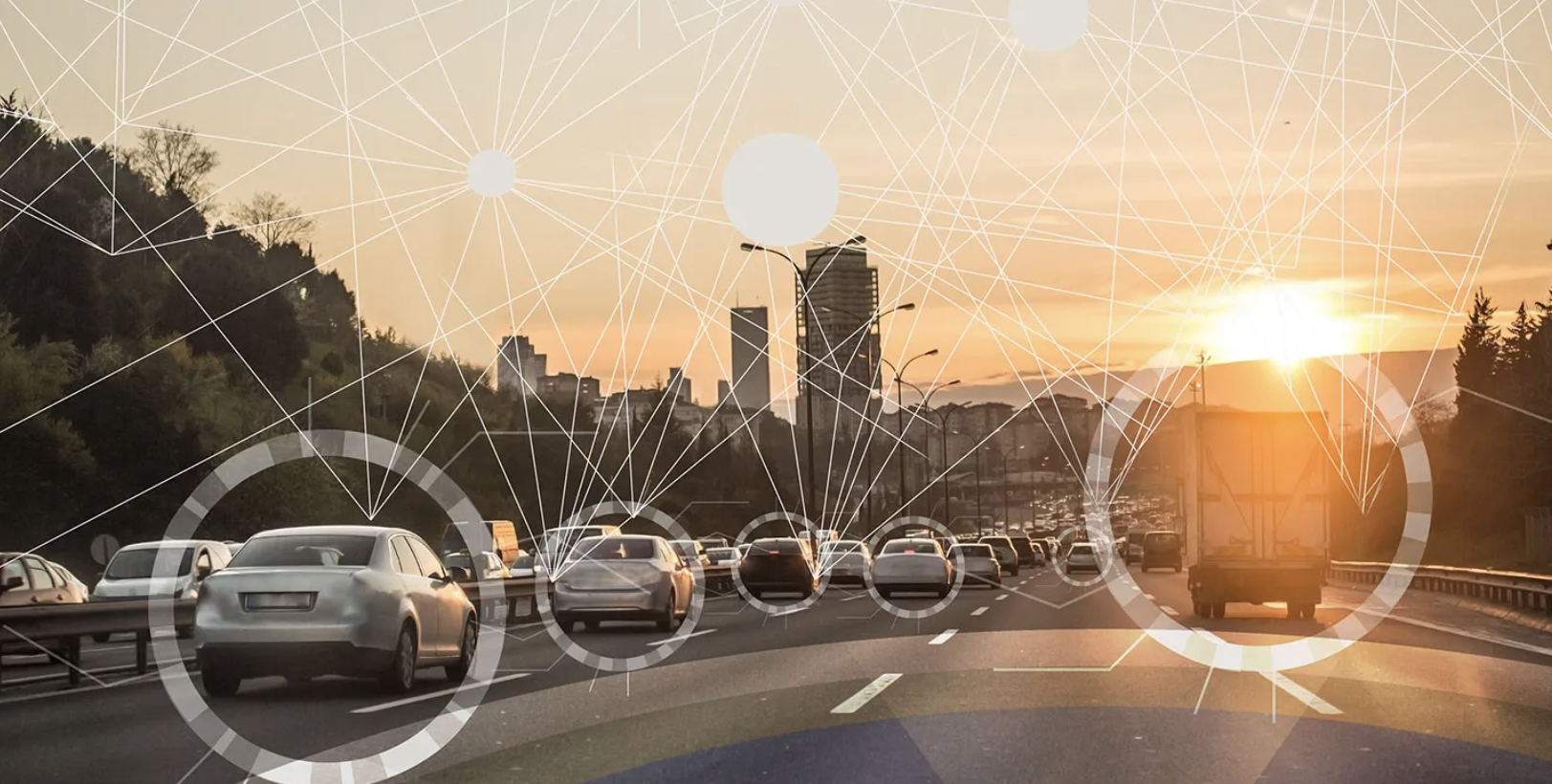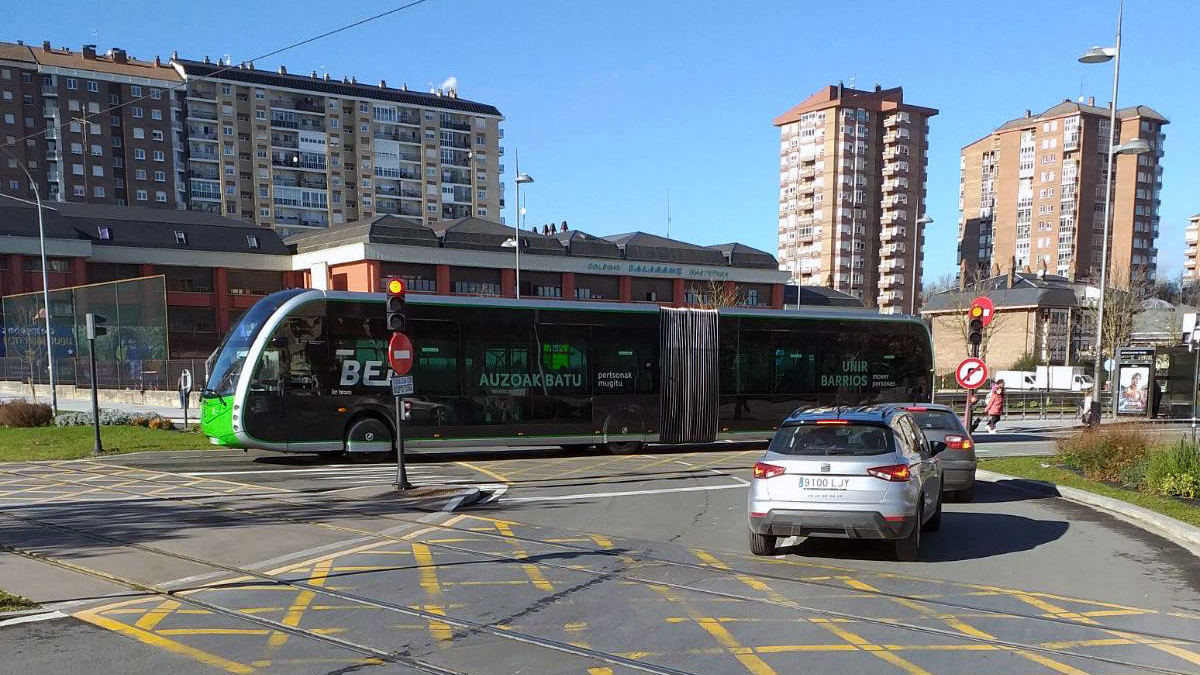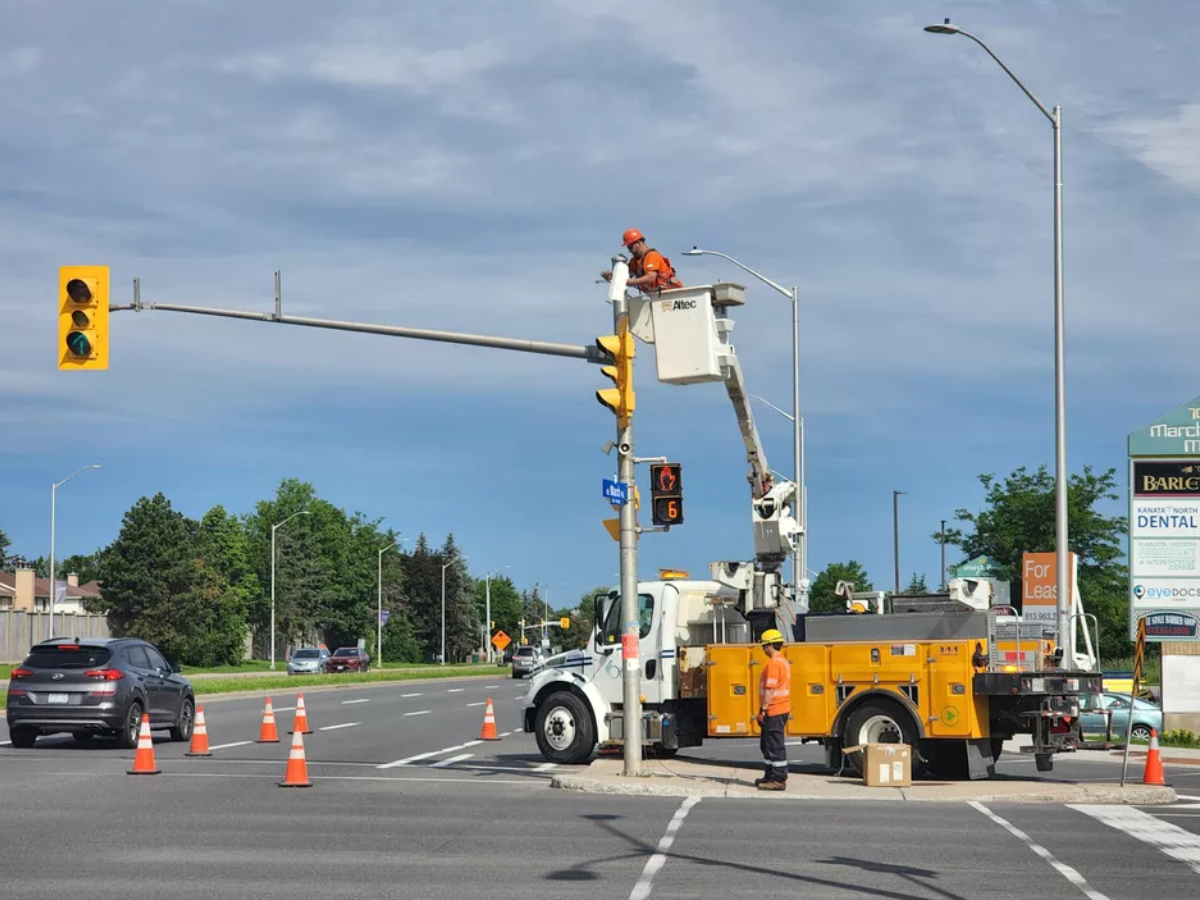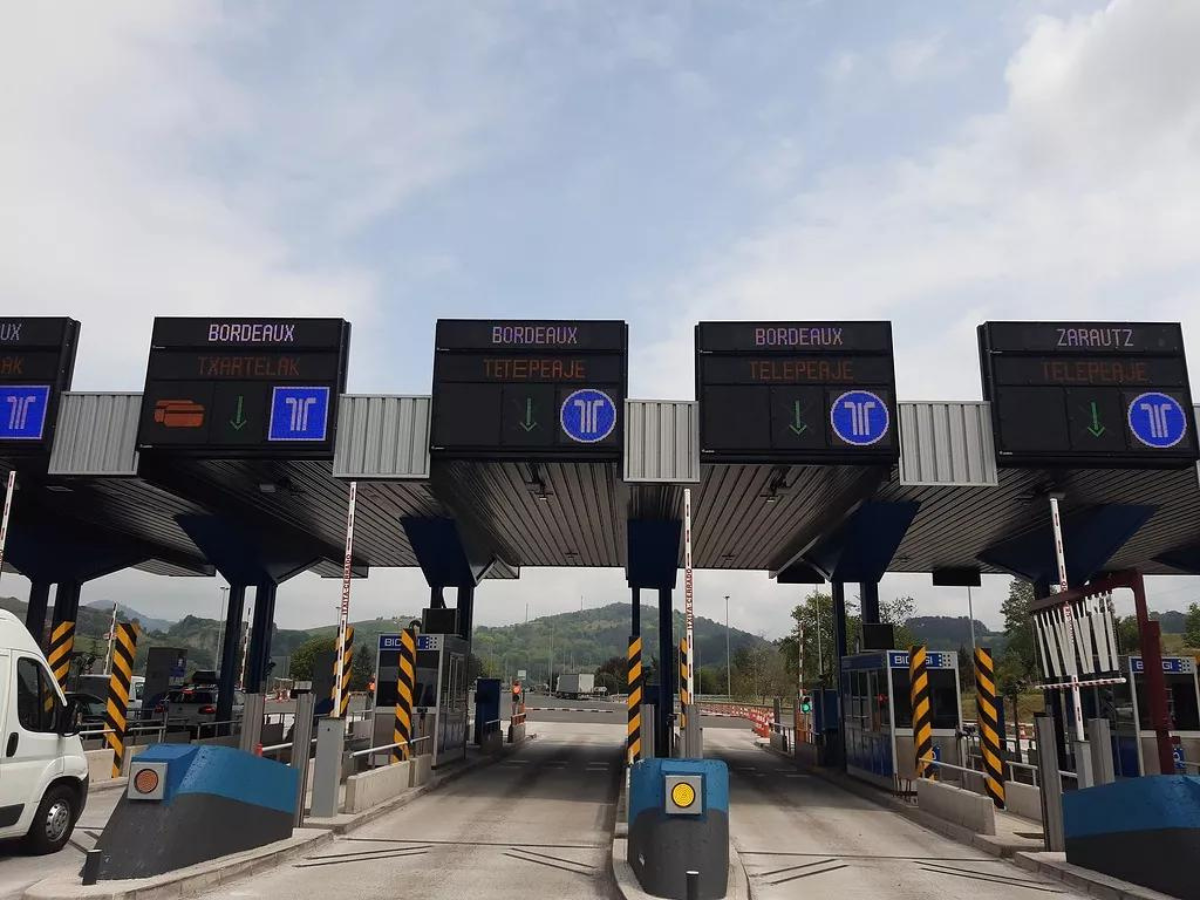Safe and Sustainable Traffic with Connected Vehicles
- Connected vehicle technology improves road safety and traffic flow
- Widespread coverage is needed, says Kapsch TrafficCom CTO Alfredo Escribá
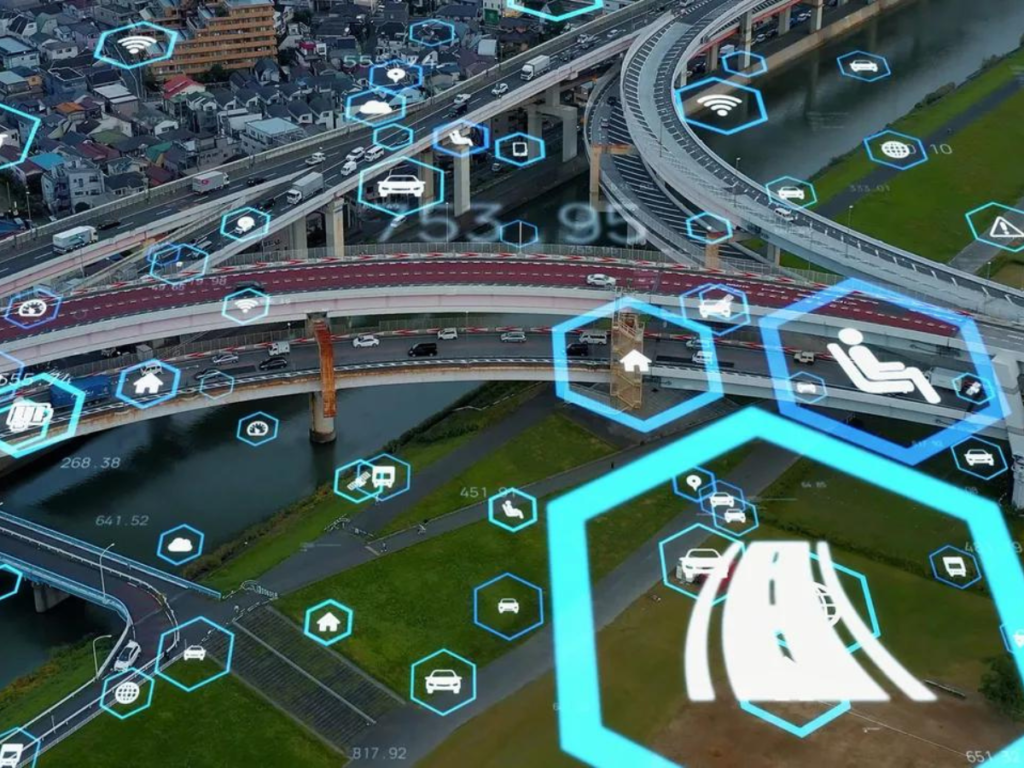
Road traffic is becoming more dangerous for vulnerable road users like pedestrians and cyclists. Connecting road users, vehicles and infrastructure is part of the solution, according to Kapsch TrafficCom CTO Alfredo Escribá, but all stakeholders need to get on board to implement this technology.
To make roadways safer and greener, and to improve traffic flow, many authorities around the world are beginning to test and implement Orchestrated Connected Corridor (OCC) solutions. Using Connected Vehicle-technology combined with advanced data collection, processing platforms and excellent operational capabilities, OCCs provide real-time traffic management capabilities and insights that support a range of innovative safety and traffic mobility use cases.
Alfredo Escribá says:Many Connected Vehicle use cases are safety-oriented, as the fast response times and better insights provided by connected systems can have massive benefits in that area.
But Connected Vehicle technology also helps with improving traffic flow and reducing emissions, for example by telling drivers when traffic lights will change, so they can adapt their driving behavior accordingly.
The Top OCC Benefits
OCC helps to reduce congestion, while improving mobility and safety for motorists and vulnerable road users. By deploying OCCs, authorities can start planning for ‘zero accident’ roadways with support for future automated vehicle features and advanced warning of potential hazards on the road that may otherwise cause accidents. In particular, OCCs address major challenges such as driver distraction, inattentiveness or a lack of awareness of dangers on the road as well as the presence of vulnerable users. OCCs improve safety by identifying hazardous scenarios and communicating with all stakeholders in the transportation ecosystem in real time to reduce accident risks.
What Is Needed to Push the Technology Forward?
To speed up deployment of the technology, making use of the data that the systems collect is the next step. To that end, all stakeholders need to cooperate and open up their systems to other technologies.
Alfredo Escribá comments:At Kapsch, we don’t believe in selling back to our customers their own data. We believe in enabling their data to be used by them or others and in creating value for our customers using their data. We can help analyze the data, build predictions and applications and create value but it always belongs to the client, and they always have access to it to do with it as they see fit.
Only through cooperation are we able to push the technology forward. All elements of the ecosystem need to be aligned for that, as that is the only way to achieve the widespread coverage that is needed to really deliver value to our end users, the drivers and people on the road.
To discover more about OCC features and benefits, and to find out how Kapsch TrafficCom can help you realize your vision of improved safety and traffic management on a particular section of your roadway, click here or contact us today.
This article was originally published by Kapsh TrafficCom.




